Not every attraction is destined for greatness. Not every attraction stands the test of time. We’ve seen tone-deaf “upgrades,” character overlays, fried technologies, and outright embarassments turn fan-favorites into Declassified Disasters.
But even standing aside unfortunate disasters like Stitch’s Great Escape, DisneyQuest, and the Rocket Rods, there may be no attraction on Earth that serves as a bigger symbol of an entire park’s gradual decline in concept and quality than the Backstage Studio Tour – the multi-hour mega-attraction meant to headline the Disney-MGM Studios that signalled its downfall instead.
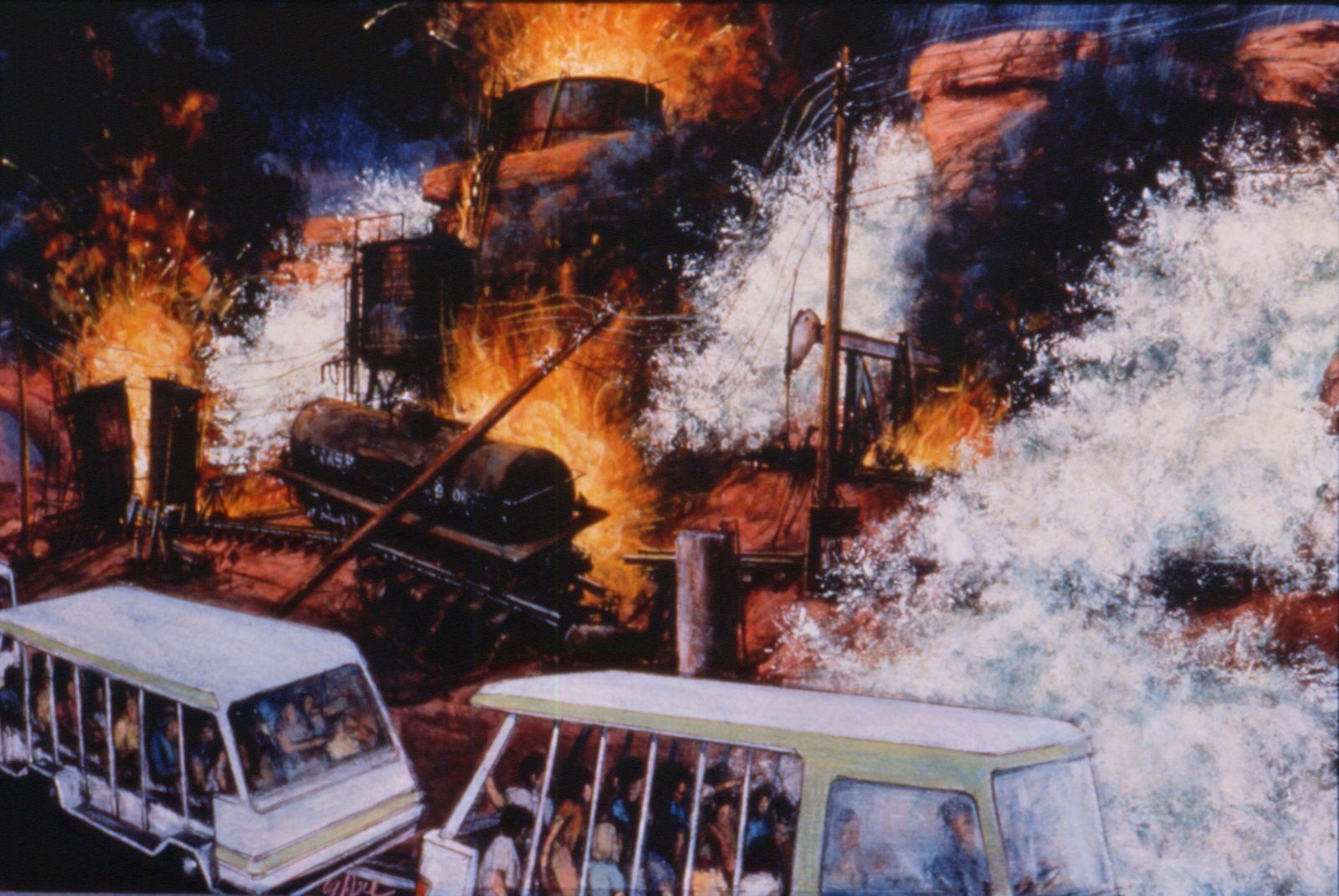
In fact, the 25-year life of this doomed attraction mirrors the unthinkable reality faced by Disney’s designers: their studio park was not going to survive. Today, we’ll go backstage on the Backstage Studio Tour to see its lofty ambitions… and to see how its decline mirrors the abandonment of the park’s purpose. Even Disney’s most eager fans may be surprised at the tumultuous history of this disastrous ride…
And before we head off, remember that you can unlock rare concept art and audio streams in this story, access over 100 Extra Features, and recieve an annual Membership card and postcard art set in the mail by supporting this clickbait-free, in-depth, ad-free theme park storytelling site for as little as $2 / month! Become a Park Lore Member to join the story! Until then, let’s start at the beginning…
Moving Pictures
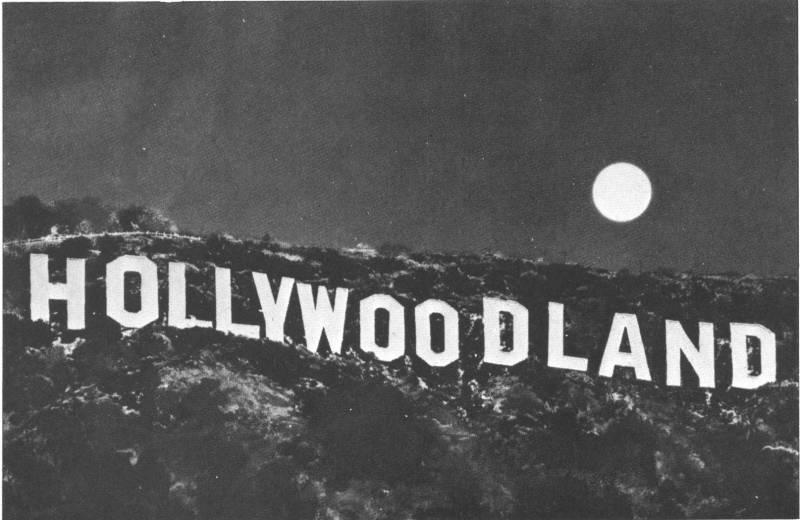
Since the very first moving pictures, people the world over have been drawn to the silver screen. From the romance of the golden age of Hollywood to the advent of talking pictures, animation, and Technicolor, our culture is inseparably tied to the celebrity and stardom of cinema. The glamour of Tinseltown and the magic of the movies have been part of our society for generations.
And for as long as people have followed the golden glow of theater lights, they’ve been longing to see behind-the-camera… to live the lives of the stars, to see the drama of production, and to witness the wonders of “movie magic” that make the impossible look so real.
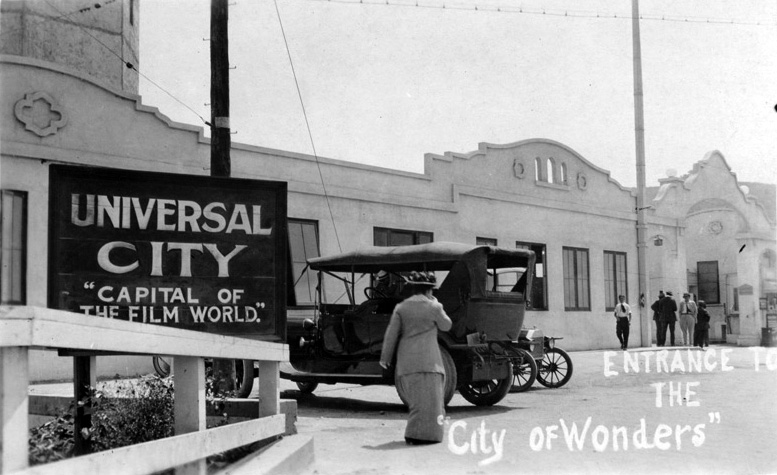
Look no further than Universal Studios Hollywood where, in 1915 – over one hundred years ago – a 25-cent “studio tour” began offering tourists to the emerging new “Hollywood” a chance to walk past through the sets of “moving pictures” to see the still-young world of cinema.
Just a decade after Universal Studios opened, in 1925, Walt and Roy Disney moved their animation studio to a brand new facility located on Hyperion Avenue in Silver Lake, Los Angeles. Just a few years later, Mickey Mouse would hit the screen. And at once, letters began to pour in, as eager fans wondered why they couldn’t tour Disney’s studio to see Mickey in person. The answer was simple: Walt knew that the process of animation was decidedly less interesting than his studios’ fans would’ve imagined. Walking through the cramped studio watching men hunched over palettes wouldn’t provide the excitement people wanted.
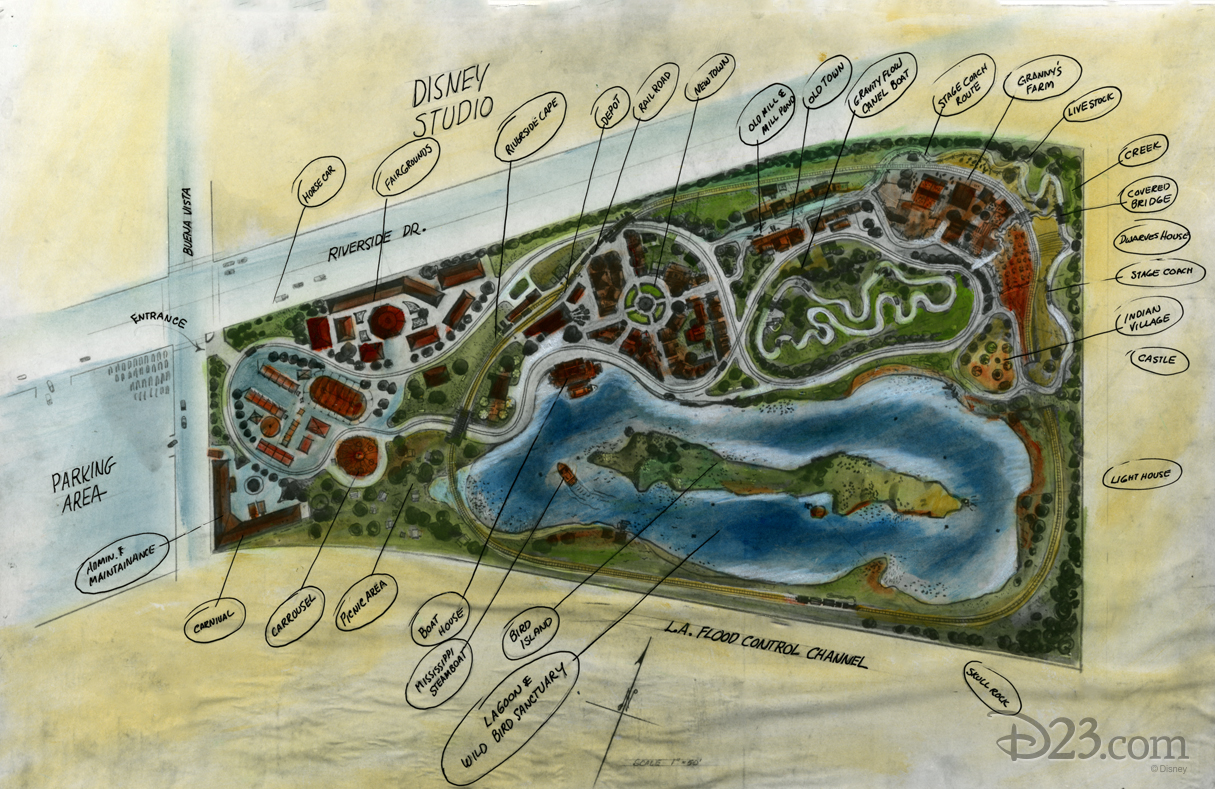
That’s why Walt started to develop the idea of transforming the lot adjacent to the studio into a Mickey Mouse Park with a recreation historic village, river boats paddling around an island, a Western town, stagecoaches, and a picnic park, all encircled by a steam train. But of course, Mickey Mouse Park grew – both physically and conceptually – until it no longer fit on the lot on Riverside and Buena Vista.

After years and years of planning, a more fully realized design – Disneyland – opened in the quiet town of Anaheim. By that point, Walt and his designers had intentionally and entirely left behind any suggestion of moviemaking or a connection to the studio. Disneyland wouldn’t show guests behind-the-scenes, it would place them into the scenes. Radically different from anything that had become before, Disneyland was built by filmmakers to be immersive, living, and habitable.
The Magic of the Movies
While Walt’s Disneyland may have intentionally turned the notion of a movie park on its head, Universal Studios Hollywood – just about an hour north of Anaheim – used its storied, cinematic assets to its benefit. We already mentioned that Universal began offering tours of its L.A. studio lot back in 1915, but the introduction of “talking pictures” with sound had rendered the tour obsolete, given that “Quiet on the set!” became the standard in the 1930s.
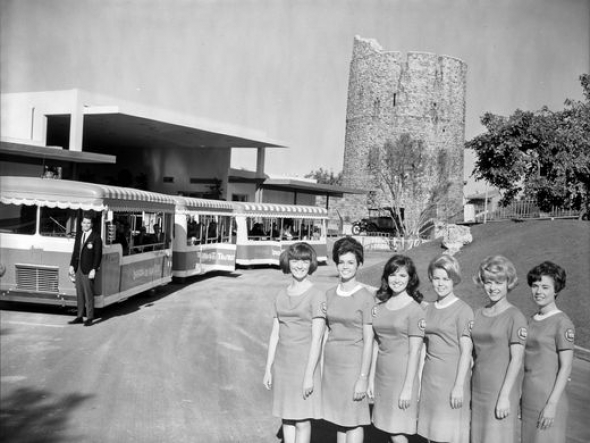
It wasn’t until 1965 that Universal revived the Studio Tour in a more formalized way and began offering the tram-led Tour still known the world over today… In its earliest years, Universal’s Studio Tour was a multi-hour ride on “Glamour Trams” through Universal’s real backlots where actual filming with genuine stars might be taking place… on-board, guests would view familiar and landmark movie sets, get a glimpse of the dressing rooms of the stars, and see the authentic soundstages and behind-the-scenes facilities that powered the world of motion pictures.
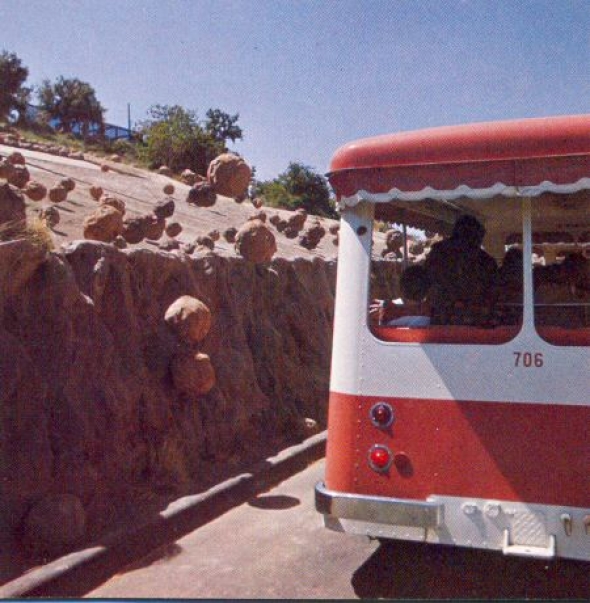
The Studio Tour’s highlights, though, quickly became run-ins with staged special effects that gave guests a clearer understanding of how “movie magic” could bring unthinkable scenes to life. Guests were enthralled by such living demonstrations as a Mexican town that would flood and drain before your eyes; a menacing rockslide that reset for the next tram; and a dizzying, spinning “avalanche” tunnel that might give riders (or, as importantly, viewers) the sensation they were tumbling through falling snow.
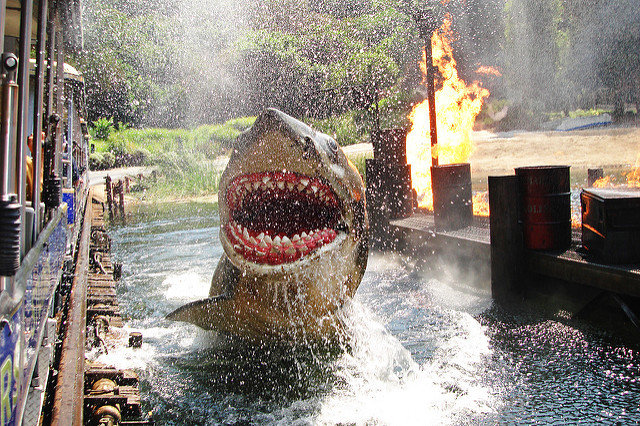
Of course, the real headliners began to arrive in 1976, when the runaway hit film JAWS – literally the origin of the summer blockbuster – inspired the creation of a sincerely startling run-in with an unthinkable animatronic Great White. A decade later, King Kong Encounter set a new standard for animatronic encounters. In 1988, the Studio Tour added another spectacle, trapping guests in the 8.3 namesake of Earthquake.
Gradually, Universal Studios Hollywood began to add one-off thrills like E.T. Adventure and the famed Lost Legend: Back to the Future – The Ride, but its heart – its purpose for being – remained the Studio Tour. An hour-long headliner that not only peeled back the lens of Hollywood magic, but also offered a “best-of” menu of disasters-on-demand that thrilled Hollywood tourists.
Hollywood East
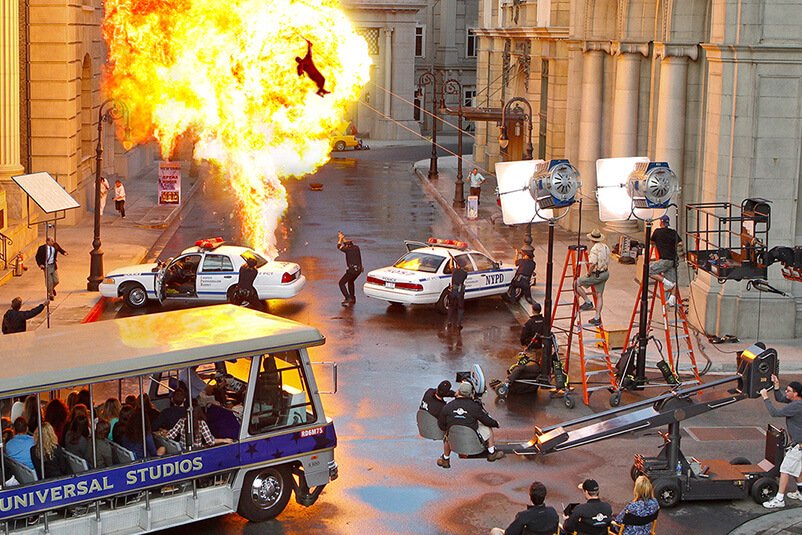
For decades, Disneyland and Universal Studios Hollywood co-existed as Californian classics – each a must-see destination for very different reason. More peers than opponents, the two were regional day-trips.
All the while, Walt Disney World in Florida opened, then grew, then grew again. By the 1980s, Walt Disney World was already fulfilling its promise of becoming a “Vacation Kingdom of the World,” drawing guests from around the globe. Disney made Central Florida a vacation hotspot where once had resided sleepy towns and marshes. And as anyone would, Universal’s executives made the none-too-difficult decision that they, too, wanted a piece of property there.
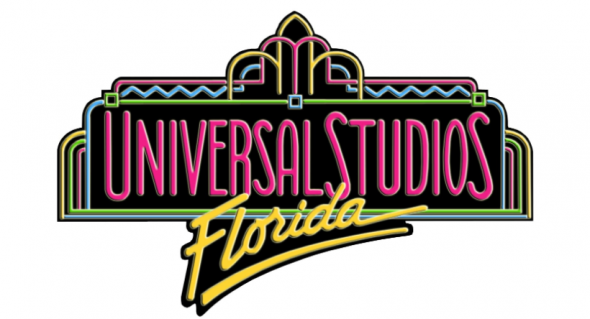
By the early 1980s, plans for a Universal Studios Florida were already in the works. If Disney had turned the unlikely Central Florida into a worldwide vacation destination, Universal hoped to turn it into a Hollywood East – a legitimate satellite Tinseltown that would become the new hotspot for directors and stars to shoot their films, with Universal Studios Florida as the place to do it.
One man stood in the way, and we bet you’ll recognize him… Read on…


